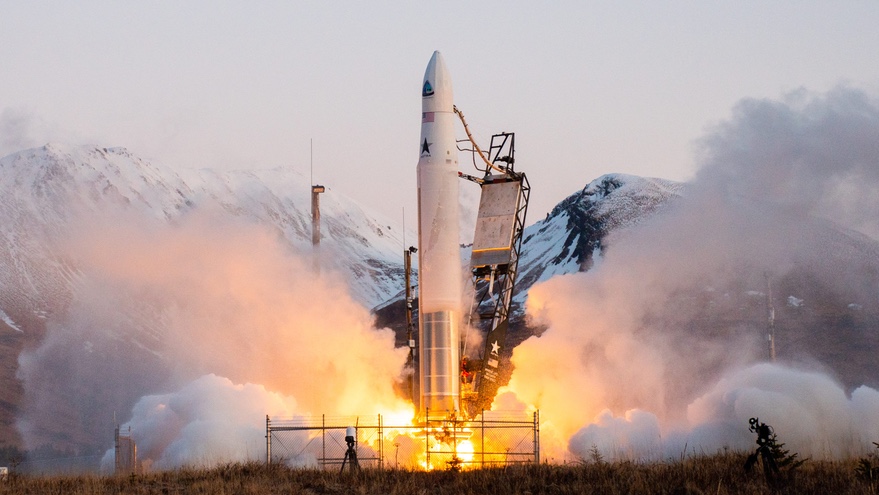LOGAN, Utah — The growth of the small launch vehicle industry is slowing, with fewer new vehicles entering the market and more vehicles going defunct, as demand for such vehicles lags expectations.
In a presentation at the Small Satellite Conference Aug. 11, Carlos Niederstrasser of Northrop Grumman discussed the latest version of an annual survey of the small launch vehicle industry, focused on vehicles capable of placing up to 1,000 kilograms into low Earth orbit and available commercially.
The survey now includes 166 launch vehicle projects, far higher than the 31 the same survey identified in 2015. However, growth in the number of those vehicles is now slowing.
“There is no longer the crazy growth we were seeing back in ’16 or ’17,” he said. In addition, the number of systems that have gone defunct for technical, financial or other reasons has grown. “We are definitely seeing significant attrition. That should surprise no one.”
There are 11 operational small launch vehicles, defined as those that have made at least one successful flight with more scheduled. However, that list includes Astra’s Rocket 3.3, which the company announced Aug. 4 that it was discontinuing to focus on development of its larger Rocket 4.
The other operational vehicles include Northrop Grumman’s Minotaur 1 and Pegasus XL, Rocket Lab’s Electron, Virgin Orbit’s Launcher One and six Chinese vehicles: Ceres-1, Hyperbola-1, Jielong 1, Kuaizhou-1A, Kaituozhe-2 and Long March 11.
“The impressive thing is that we’re seeing slow but steady growth in the number of operational systems,” he said. Several more vehicles are expected to make their debuts in the next two years, including vehicles by ABL Space Systems and Relativity Space that are slightly larger than the upper limit of launch vehicles included in this survey.
Even as new vehicles emerge, questions remain about how much demand there will be for them. One of the most successful small launch vehicles, Electron, has flown more than 20 times but its launch rate has lagged company predictions. Peter Beck, chief executive of Rocket Lab, said in a recent interview that the company’s launch rate is “100% driven” by market demand.
In a conference keynote Aug. 8, Beck mentioned that customer readiness was an ongoing challenge. “Launch cadence is really governed by our customers’ readiness,” he said.
“When I think about our launch manifest, it feels like a game of Whac-A-Mole,” he said, moving customers around based on their shifting schedules. “If we didn’t do that, our launch cadence would be even less. The number one driver for us at this point is customer readiness.”
“We’re still far away from seeing the demand that will drive the once-a-week launches that many of these companies are hoping to see in the future,” Niederstrasser said. “That, of course, is the question for the smallsat community: are small launches really a viable way of having a steady access to space or will things like rideshare continue to dominate?”
While those issues may have slowed growth of the industry, it has not stopped it. Niederstrasser said later in the conference session that he had just found out about another vehicle not previously included in the survey, bringing the total to 167.
